How Long To Wait After Flooding Engine? All You Need To Know
In this comprehensive guide, we’ll explore the critical question: How Long To Wait After Flooding Engine? We’ll delve into the causes, symptoms, and solutions for this common automotive issue. Up next, let’s understand what engine flooding is and how it can impact your vehicle’s performance.
Key Takeaways
- Importance of waiting after flooding an engine
- Steps to diagnose and resolve engine flooding
- Prevention tips for engine flooding
How Long To Wait After Flooding Engine?
Typically, it’s advisable to wait at least 15 to 20 minutes before attempting to restart a flooded engine. This allows time for the excess fuel to evaporate. However, the exact time can vary depending on the vehicle and the severity of the flooding.

Understanding Engine Flooding
Engine flooding occurs when too much fuel is delivered to the combustion chamber, preventing the engine from starting. This usually happens in carbureted engines, but fuel-injected engines can also flood under certain conditions.
Recognizing the symptoms of a flooded engine is crucial. These include a strong smell of gasoline, the engine failing to start, and a choking sound.
Causes and Prevention of Engine Flooding
Several factors can lead to engine flooding:
- Excessive cranking without the engine starting
- Faulty spark plugs or ignition system
- Incorrect fuel mixture
To prevent engine flooding, regular maintenance of the ignition system and spark plugs is essential. Also, avoid excessive cranking of the engine without it starting.
Immediate Steps to Take
When you suspect engine flooding:
- Stop cranking the engine.
- Wait for 15 to 20 minutes.
- Try starting the engine with the accelerator pedal fully depressed.
This process allows the excess fuel to evaporate and reduces the risk of damaging the engine.
Long-Term Solutions
For recurrent flooding issues, it’s important to check:
- Spark plug condition
- Fuel injector functionality
- Ignition system health
Regular maintenance and timely repairs can significantly reduce the chances of engine flooding.
Dealing with Severe Engine Flooding
In cases of severe engine flooding, professional intervention might be necessary. Mechanics can:
- Drain excess fuel
- Clean or replace fouled spark plugs
- Adjust the fuel injection system

When to Seek Professional Help?
Seek professional help if:
- The engine does not start after several attempts.
- There is an unusual noise or smell from the engine.
- You’re unable to identify the cause of the flooding.
Maintenance Tips to Prevent Engine Flooding
Regular maintenance is key in preventing engine flooding. This includes:
- Regular checks and replacements of spark plugs
- Ensuring the fuel injection system is functioning correctly
- Regular engine tune-ups
Importance of Regular Vehicle Maintenance
Regular maintenance not only prevents engine flooding but also enhances overall vehicle performance and longevity. It’s a small investment that pays off in the long run.
Can You Let A Flooded Engine Sit?
Yes, you can let a flooded engine sit, and in fact, it’s often necessary. When an engine floods, it’s saturated with excess fuel, making it difficult to start.
Letting the engine sit allows the fuel to evaporate, reducing the risk of further flooding when you attempt to restart. The general recommendation is to wait for about 15 to 20 minutes before trying again.
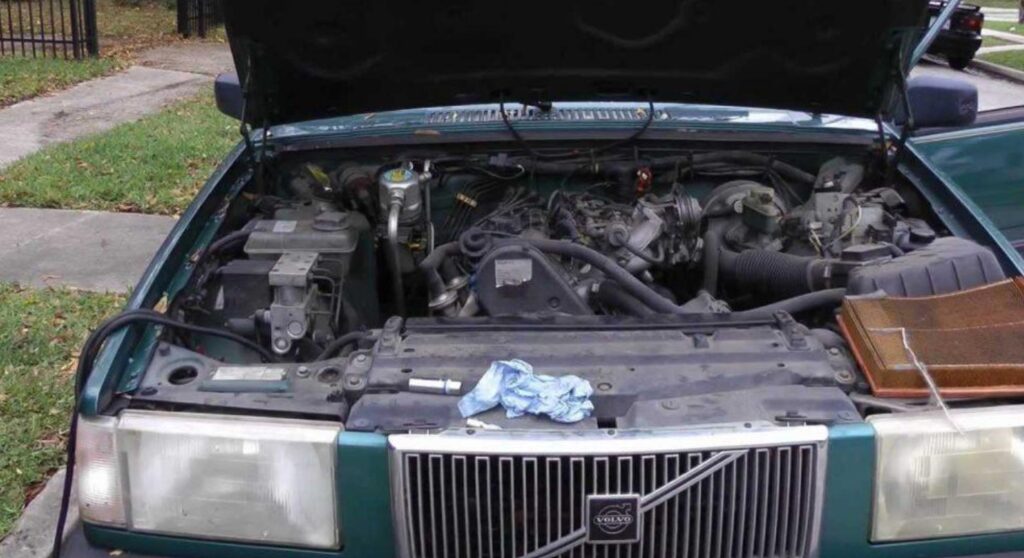
This waiting period is crucial as it gives the fuel in the combustion chambers time to dissipate. However, if the engine is frequently flooding, it’s a sign that there may be underlying issues that need professional attention, such as problems with the spark plugs, fuel injection system, or a faulty choke in carbureted engines.
How Long Should I Let My Car Dry After A Flood?
After your car has been in a flood, the drying time varies significantly based on the extent of the flood and the specific vehicle. It’s crucial to let your car dry completely to avoid long-term damage, especially to electrical components and the interior.
Typically, you should let your car dry for at least 24 to 48 hours. If possible, open all doors, windows, and other compartments to allow air circulation.
However, more severe cases where water has entered the engine or transmission may require a longer drying period and professional assessment. Remember, starting a car too soon after it has been flooded can cause more harm and potentially lead to costly repairs.
When Should I Start My Car After A Flood?
Deciding when to start your car after a flood depends on the severity of the flooding and the areas affected. If the water did not reach the electronics or the engine, you might be able to start it sooner.
However, if there’s any possibility that water has entered the engine, exhaust, or electrical systems, it’s critical to have the car inspected by a professional before starting it.

This inspection can prevent potential electrical short circuits or mechanical damage. In cases where the floodwater is high, it’s best to wait until a thorough evaluation and necessary repairs have been completed to avoid further damage to the vehicle.
How To Start A Car With A Flooded Engine?
Starting a car with a flooded engine requires careful steps. First, do not crank the engine continuously, as this can worsen the flooding. Let the car sit for about 15 to 20 minutes. Then, try the following procedure:
- Hold the accelerator pedal to the floor and attempt to start the engine. This action sends a signal to the car’s computer system to stop injecting fuel, which can help in clearing the excess fuel from the cylinders.
- While holding the accelerator, turn the ignition key to start. The engine might take longer than usual to fire up.
- Once the engine starts, keep it running at a higher RPM for a short period to help burn off the excess fuel.
Remember, this method works for both carbureted and fuel-injected engines, though it’s more commonly needed in older, carbureted models. If the engine does not start after a few tries or you’re not comfortable with these steps, it’s advisable to seek assistance from a professional mechanic to avoid damage.
Conclusion
In conclusion, waiting at least 15 to 20 minutes after flooding an engine is generally recommended. However, prevention through regular maintenance and understanding your vehicle’s needs is the best approach. If you frequently encounter engine flooding, professional assessment and intervention are advisable to prevent future occurrences and ensure the longevity of your vehicle.
Top FAQ’s
What should I do if my engine frequently floods?
If you’re experiencing frequent flooding, it’s important to diagnose the underlying issue. Check the condition of your spark plugs, and fuel injectors, and ensure your vehicle’s maintenance is up to date. If the problem persists, consult a professional mechanic for a thorough inspection and repair.
How can I prevent my engine from flooding?
Regular maintenance is key. Ensure your spark plugs, fuel injection system, and ignition system are in good working order. Avoid excessive cranking of the engine without it starting, and in carbureted engines, make sure the choke is properly adjusted.
Does ambient temperature affect engine flooding?
Yes, colder temperatures can make engines more prone to flooding, especially carbureted engines, as they rely on manual chokes that might not always be adjusted correctly.
How long should I wait before trying to start a flooded engine?
It’s typically recommended to wait about 15 to 20 minutes. This gives the excess fuel time to evaporate, reducing the risk of further flooding when you attempt to start the engine.

Welcome to the exhilarating world of Matt Rex, a professional car racer turned renowned vehicle enthusiast. Immerse yourself in his captivating blog as he shares heart-pounding adventures, expert reviews, and valuable insights on cars, trucks, jets, and more. Fuel your passion for speed and discover the beauty of vehicles through Matt’s engaging stories and meticulous expertise. Join the ever-growing community of enthusiasts who find inspiration and expert advice in Matt Rex’s blog—a digital hub where the thrill of speed meets the pursuit of knowledge.


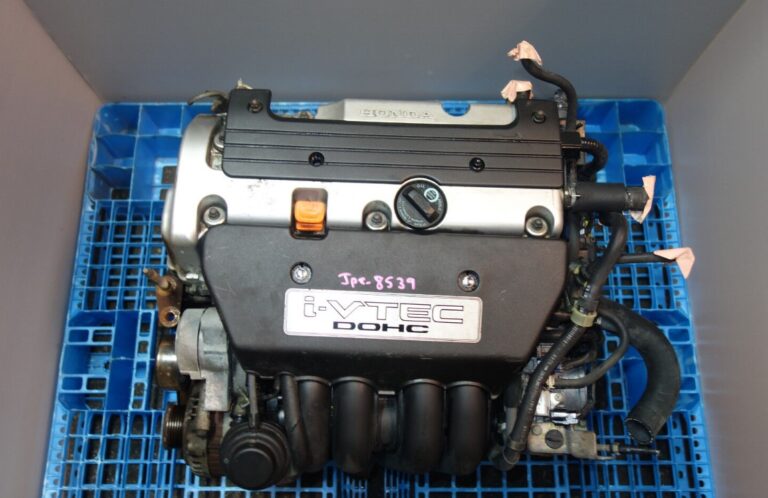
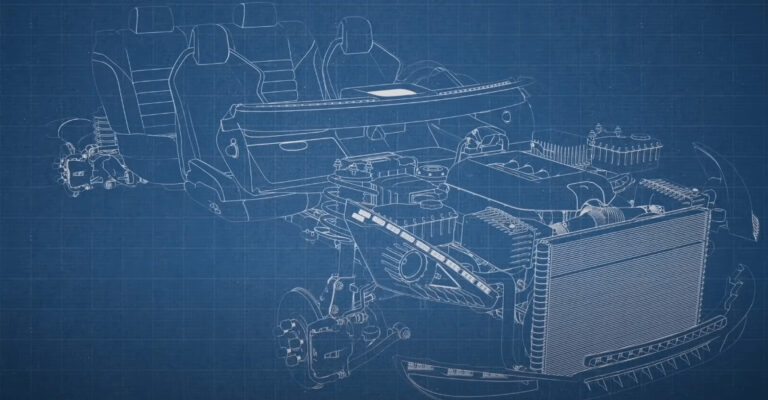
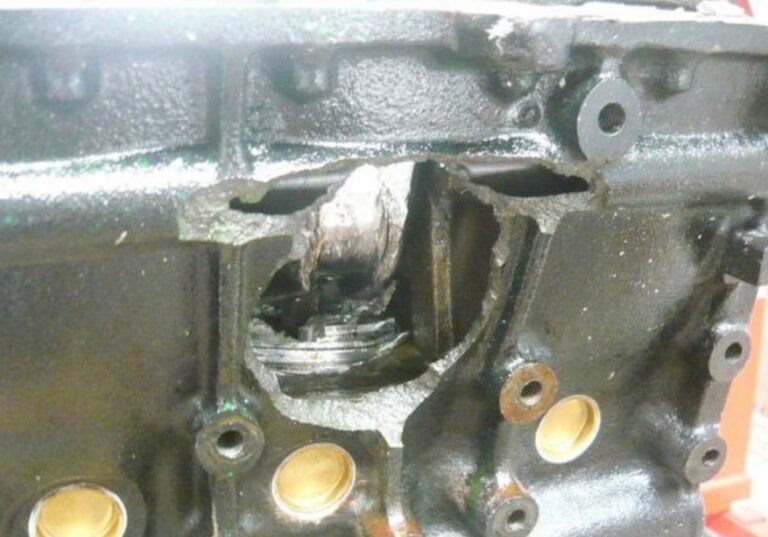
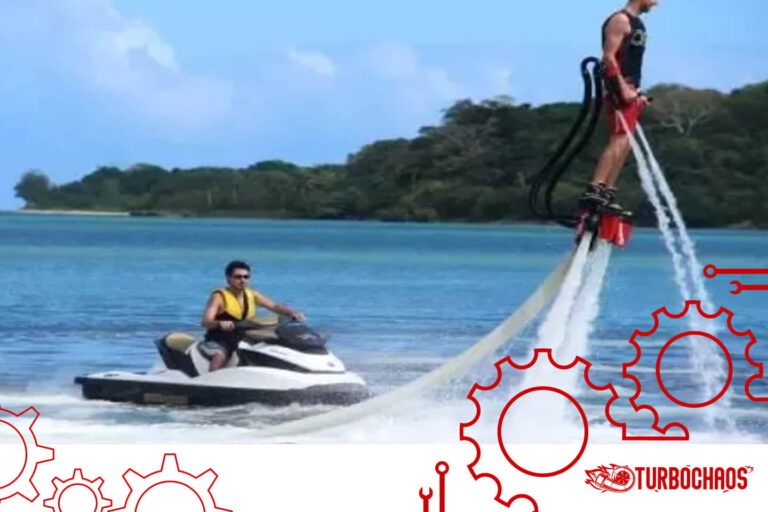
![Can A Bad PCV Valve Cause Engine Knock? [All Reasons]](https://www.turbochaos.com/wp-content/uploads/2023/11/Can-A-Bad-PCV-Valve-Cause-Engine-Knock-768x550.jpg)
![What Trucks Does Nyjah Use? [Answered]](https://www.turbochaos.com/wp-content/uploads/2023/12/What-Trucks-Does-Nyjah-Use-768x491.jpg)